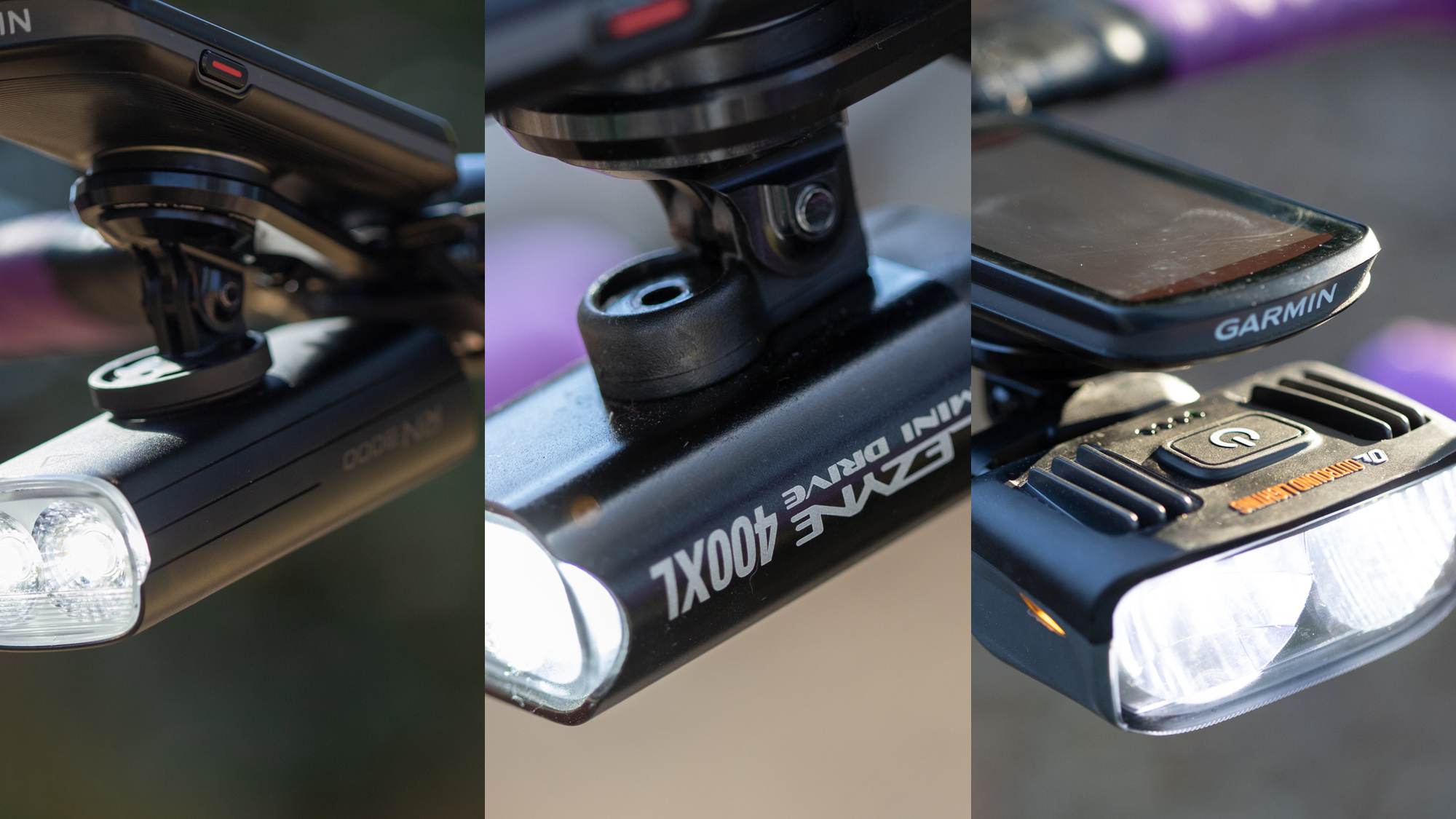
The larger version of the best bike lights buyers guide covers every possible scenario I could think of. If you need a light on a bike, I tried to give you an option. That means it includes front lights, rear lights, helmet lights, and pedal lights. There are lights to help make sure that other road users can see you and lights to make sure you can see where you are going. The hardest part of slimming that down for the 2023 Cyclingnews awards was editing the uses for a bike light.
When I was doing the bulk of the testing for various bike light options, it was deep into the winter. In my part of the world, the sun wasn't up for long and it was always cold and wet. I tended to prioritise bright lights with long run times. Despite that, I tried not to think of only those needs when picking the lights I'd recommend to most people.
Instead, what I had to do was think about how the bulk of our users are going to use a bike light. I decided that although I tend to use bike lights when I start riding before dawn and keep riding until the sun sets again, that's probably not what most people do. I expect that for the vast majority of our readers, you are looking for flexibility. A decent price paired with a good quality light that serves a lot of scenarios is going to see the most use.
With that in mind, this is the place where you can find the best jack of all trades. And the lights that will last for a long time, and cover most riding scenarios. I did still include a best overall rear bike light but other than that, I narrowed things down to three simple categories; the best overall, the best value, and an honourable mention. If you are looking for the best bike light, keep reading to see what I picked.
Best overall
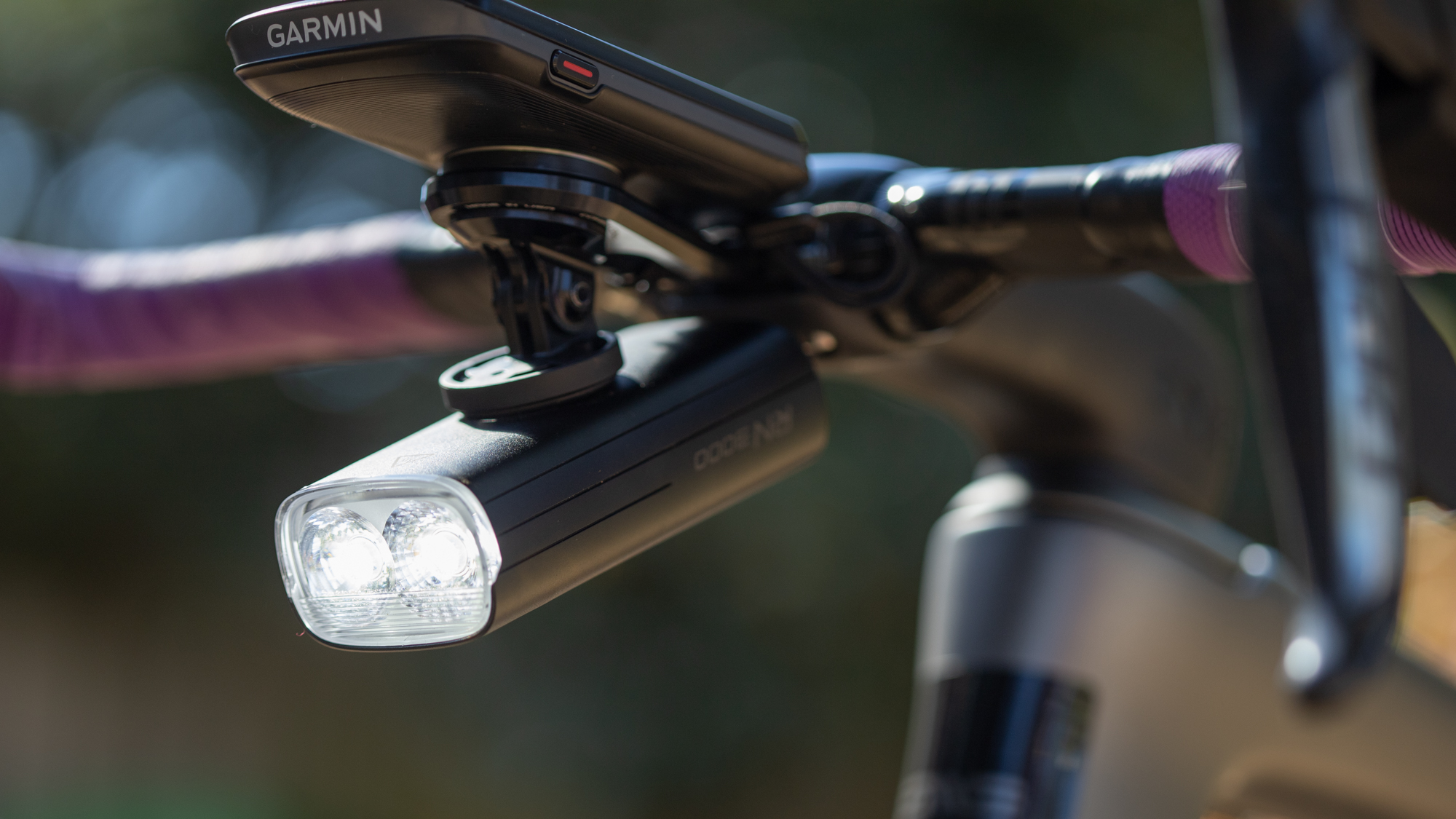
In the above intro where I talk about the needs of most people vs my needs, this is the light I was thinking about. The Magicshine isn't the absolute best light on the market, I'd probably give that distinction to the British brand Exposure Lighting. Alternatively, if we are talking about the best commuter light, I might give that to something from Trek. Instead what the Magicshine RN3000 represents is truly the best overall light. The mounting is simple and there is a GoPro mount available for not much money in case you need to use it with an aero bar which is useful. Aside from that, it's very powerful and offers great run times.
To be clear, the Magicshine RN3000 is far more powerful than most people need. That doesn't mean you have to go around blinding everyone. For one thing, there's a carefully designed reflector to avoid that but you don't have to run it at full power.
Instead, having a high lumen rating means you've got flexibility and a big battery. Most people, most of the time, can drop the lumens way down and get huge runtime numbers. If you are a commuter, you might find it useful to use the huge, 10,000 mAh battery to charge your phone, or maybe just go forever without needing to charge the light. If you do need big lumens, the option is always there.
The only thing that continues to bug me about this light is the complexity of the control scheme. It's unlikely you need to have the option to run only a single bulb and certainly not the option to run either the left or the right. getting rid of the options for running in single bulb modes would really upgrade the usability of the RN3000.
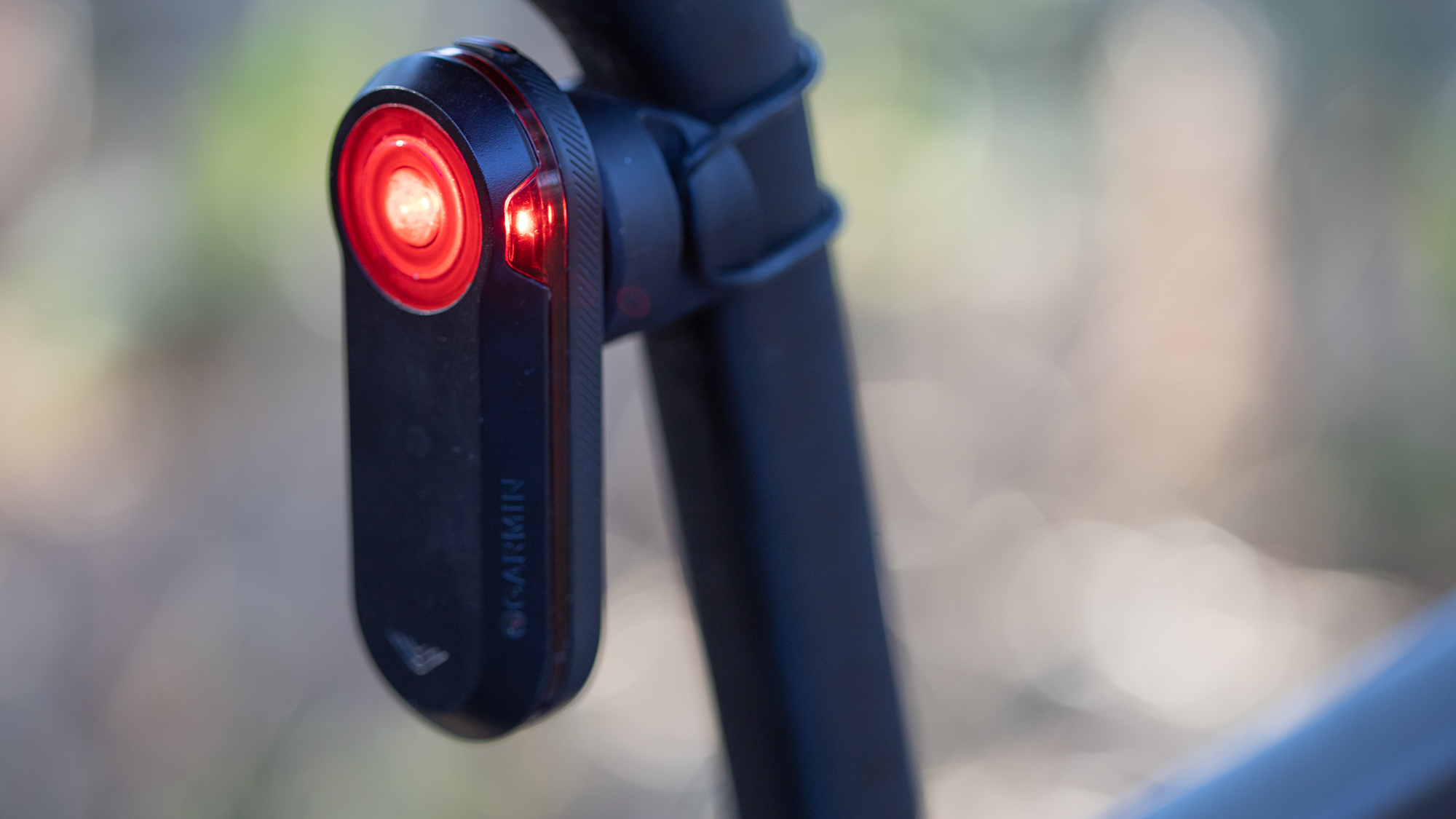
The Garmin RTL 515 is the light I never leave the house without. It comes with me on every short, every long ride, and I even bring it if I'm travelling and borrowing a bike. It's also a light I answer questions about constantly.
At the core, the Garmin RTL 515 is just a great rear light. It's bright and it uses an irregular flash pattern to make sure it catches the attention of drivers. It will also do that, in day flash mode, for a quoted 16 hours. Of course, the Varia is more than a light.
Aside from being a great rear light, the Garmin Varia has radar on board. That means as you ride it will let you know if a car is coming up from behind, how many cars, and even how fast they are coming. It's accurate enough that in the city, where you are unlikely to ever have car-free situations, I use it as a mirror. Once I get out in the country where I rarely see cars, then it really comes into its own and I can use the road without constantly listening for cars. When a car does come up, I know well ahead of time and I can move over if it's safe.
The biggest downside to the Varia RTL515 is that in 2023, it's old. Although the battery is fine, by strategically turning the light portion off during the day I managed over 20 hours with it, there's no doubt an update would offer more efficient battery use. More importantly, though, that means it's now the only thing I have that still uses a micro-USB charge port. If I'm carrying everything with me, I have to bring a second cable just for the light. I still recommend it though because all the new contenders fall short of the performance in almost every measurable way. It might be old but it's still the best.
Best budget
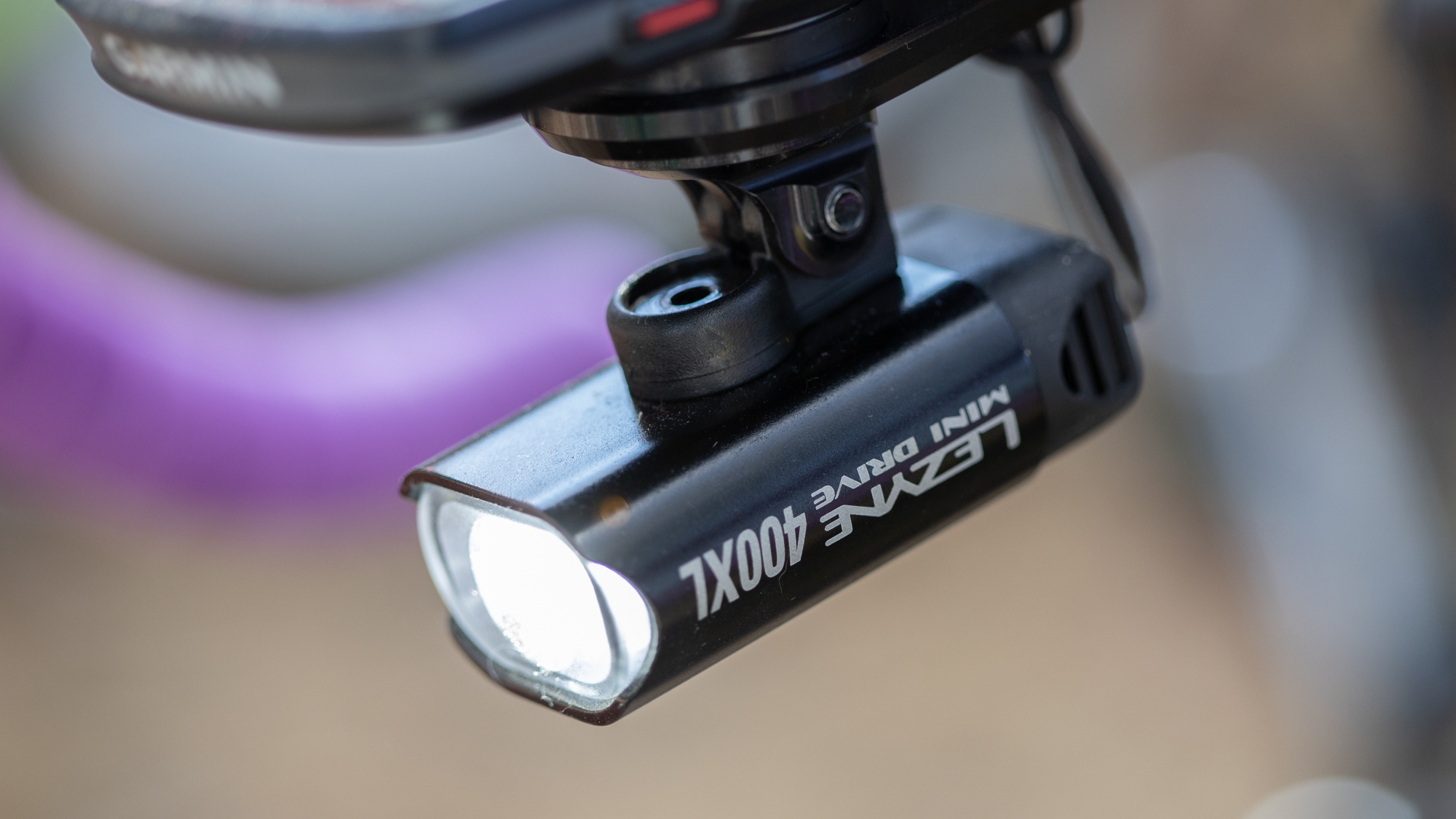
There are times when I end up changing my mind after reviewing a product. The Outbound Detour is one of those times. In my initial review I focused a lot on the perceived lack of power. When I tested it in the city, and at times when it's rainy, I tended to prefer riding with a light around 800 lumens. The Outbound Detour doesn't have anything like that and it seemed to be a bit underpowered for the runtime.
Since then, I've used it twice when riding alone and far from any city. In situations where you continue riding as you watch the sun go down, the low power is plenty. You've only got around 400 lumens in that mode but when I found myself in those situations, I didn't feel like I needed more. With that understanding, the whole equation changes. Because it provides plenty of light in low power that means now you’ve got 8.5 hours of runtime plus it has the ability to run while charging and the power connection is water sealed. While I recognize that many people won't find themselves regularly in that situation, if you do, this is a great choice.
Although I've come around on the amount of battery power and useability at low power, I still think the Outbound Detour could use an extra mode. I'd like to see a setting around 800 lumens because it can be a sweet spot in certain situations.
Honourable mention
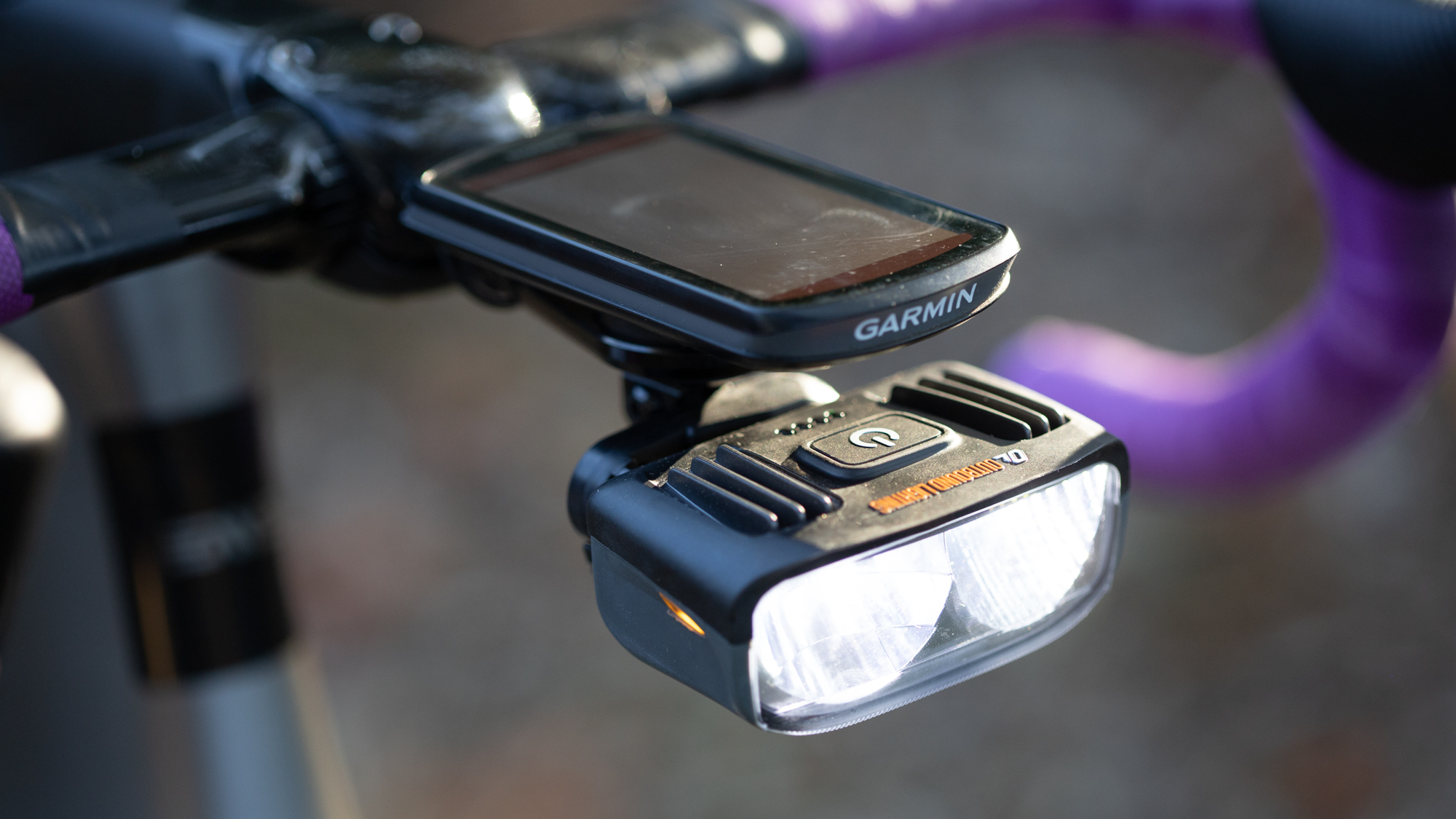
There are times when I end up changing my mind after reviewing a product. The Outbound Detour is one of those times. In my initial review, I focused a lot on the perceived lack of power. When I tested it in the city, and at times when it's rainy, I tended to prefer riding with a light around 800 lumens. The Outbound Detour doesn't have anything like that and it seemed to be a bit underpowered for the runtime.
Since then, I've used it twice when riding alone and far from any city. In situations where you continue riding as you watch the sun go down, the low power is plenty. You've only got around 400 lumens in that mode but when I found myself in those situations, I didn't feel like I needed more. Low power also means a really solid 8.5 hours of runtime and if you go beyond that, you can charge it while riding. While I recognize that many people won't find themselves regularly in that situation, if you do, this is a great choice.
Although I've come around on the amount of battery power and useability at low power, I still think the Outbound Detour could use an extra mode. I'd like to see a setting around 800 lumens because it can be a sweet spot in certain situations.
That’s it. These are the bike lights I’ve chosen as winners in the best bike light category of the 2023 Cyclingnews Awards. There’s a huge range of different needs when it comes to bike lights though so if you want to specialise a bit, jump over to the bigger best bike lights buyers guide. You might also want to consider checking out which award-winning bike locks we’ve decided to highlight or, because it gets cold when the sun goes down, see if there’s an award-winning winter jacket you should grab before winter hits.







